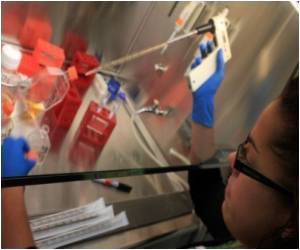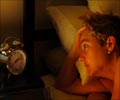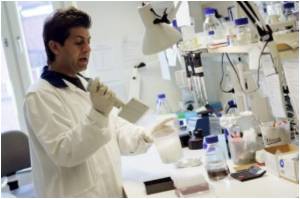New way of diagnosing Trypanosomiasis (African sleeping sickness) has been designed by researchers.

The new test "promises to dramatically improve the ability to confirm a diagnosis of sleeping sickness - even when parasites are present in low numbers - through detection of the parasite's DNA in patient samples."
Sleeping sickness needs to be caught and treated early to prevent parasites from entering the brain, which makes treatment more difficult and the likelihood of irreversible neurological damage more likely.
The LAMP test will be entering field trials in the Democratic Republic of Congo and Uganda, and if all goes well will be ready for use in 2012.
Researchers are also exploring possibilities the test could be used to confirm a patient has been cured, which could reduce the follow-up period and do away with the need for repeated lumbar punctures.
"The LAMP test has tremendous public health potential. As a sophisticated yet practical diagnostic tool, it can be used outside of traditional laboratories by technicians without training in molecular biology and can be brought closer to the remote areas where patients live," said Eiken head Tetsuya Teramoto.
Advertisement
It is difficult to diagnose, and if the infected go untreated, they die.
Advertisement
Source-AFP










